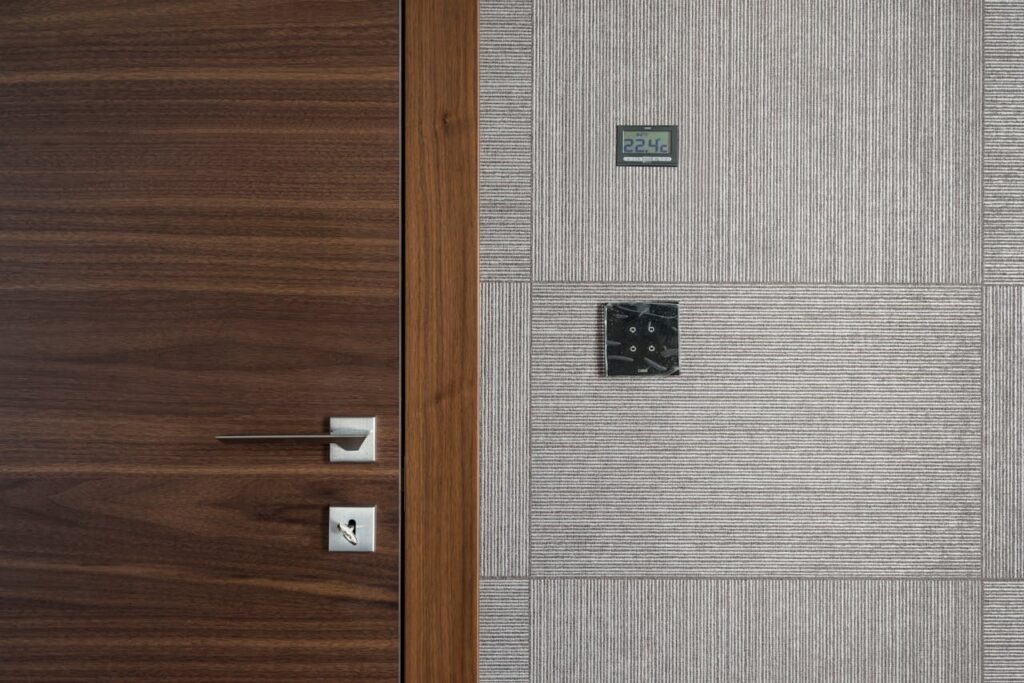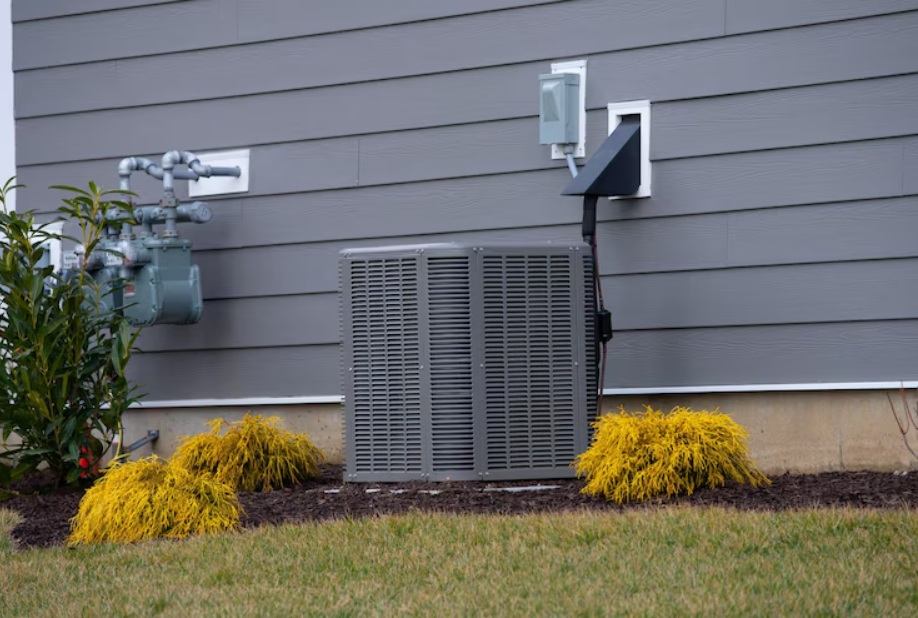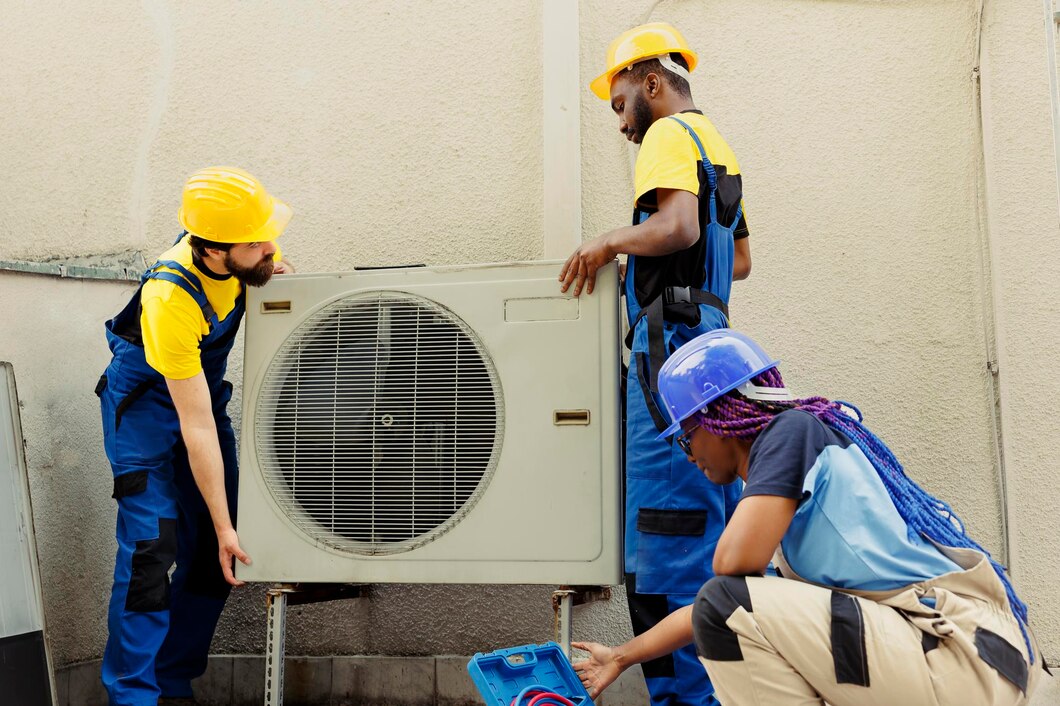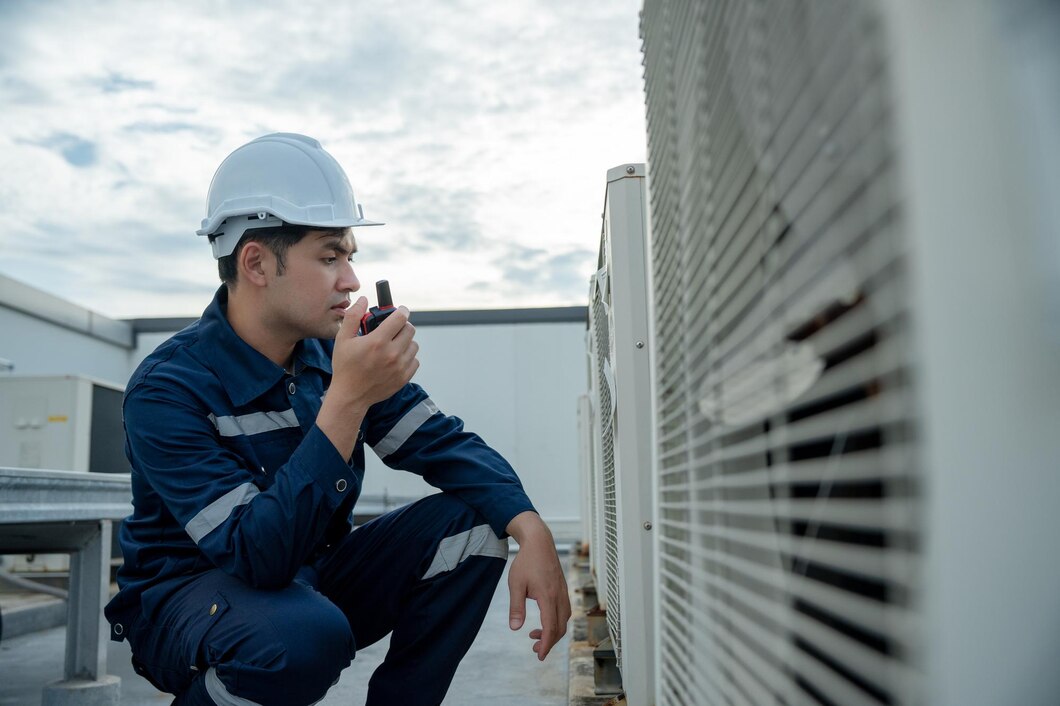A well-functioning thermostat is crucial for maintaining a comfortable indoor temperature. However, many homeowners experience issues with thermostat calibration that can lead to uneven or ineffective heating. Understanding these issues is essential for identifying the right heating repair solutions.
Understanding Thermostat Calibration Issues
Thermostat calibration plays a vital role in maintaining the desired indoor temperature. When a thermostat is properly calibrated, it accurately measures the room temperature and signals the heating system to turn on or off accordingly. Miscalibration, however, can lead to a host of problems, making it difficult to maintain consistent comfort levels.
Several factors can influence thermostat calibration. One common issue is the placement of the thermostat. If it is located near a heat source, such as a sunny window or a kitchen appliance, it may give inaccurate readings. Additionally, dust or debris inside the thermostat can interfere with its sensors, causing calibration problems.
Understanding the importance of accurate calibration helps in identifying potential problems and taking corrective actions. Properly calibrated thermostats ensure the heating system operates efficiently, reducing energy consumption and enhancing indoor comfort. Awareness of these issues is the first step in effective heating repair and maintenance.
Common Signs of a Miscalibrated Thermostat
Recognizing the signs of a miscalibrated thermostat can prevent larger heating problems and allow for timely heating repairs. Here are some common indicators that your thermostat may need calibration:
1. Inconsistent Temperatures: If you notice that some rooms are warmer or cooler than others, it could be a sign of a miscalibrated thermostat. Even slight variations in temperature can signal a problem.
2. Frequent Cycling: A thermostat that causes the heating system to turn on and off too frequently may be sending inaccurate signals. This can lead to increased wear and tear on the system.
3. Incorrect Temperature Readings: If the thermostat displays a temperature that feels inaccurate, it may need recalibration. For example, if it shows 70°F but the room feels much colder, it’s likely miscalibrated.
4. Unresponsive Thermostat: A thermostat that doesn’t respond to adjustments or takes a long time to react may have calibration issues. This can make it difficult to achieve the desired comfort level.
Understanding these signs can help homeowners identify when a thermostat needs attention. Addressing these issues promptly can prevent more serious heating problems and improve the overall efficiency of the heating system.
DIY Solutions for Thermostat Calibration
Some thermostat calibration issues can be resolved with simple DIY solutions, allowing you to improve your home’s heating without professional help. Here are steps you can take to calibrate your thermostat:
1. Check the Thermostat’s Position: Ensure the thermostat is in a central location, away from direct sunlight, vents, or other heat sources. A poorly placed thermostat can give false readings.
2. Level the Thermostat: Use a small level to check if your thermostat is properly aligned. An unlevel thermostat can read temperatures inaccurately.
3. Clean the Thermostat: Dust and debris can interfere with your thermostat’s sensors. Carefully remove the thermostat cover and use a soft brush or compressed air to clean the interior components.
4. Adjust the Calibration Screw: Some thermostats have a calibration screw. Refer to the user manual for instructions on making fine adjustments to the temperature reading.
5. Test the Settings: After making adjustments, set the thermostat to a specific temperature and use a thermometer to check if the room reaches the desired temperature.
These fixes can correct common calibration issues and improve your system’s efficiency. However, if problems persist, it may be time to seek professional heating repair services.
Professional Heating Repair Solutions
When DIY methods do not resolve thermostat calibration issues, professional heating repair solutions are necessary. Our professionals have the expertise and tools to handle more complex problems effectively.
Benefits of Professional Intervention:
1. Accurate Diagnostics: Our technicians can accurately diagnose the root cause of calibration issues. They use specialized tools to assess the problem and provide precise solutions.
2. Comprehensive Inspection: Along with calibrating the thermostat, our professionals will inspect the entire heating system. This ensures that all components are functioning correctly and that there are no underlying issues.
3. Advanced Calibration Tools: Professional technicians have access to advanced calibration equipment that can fine-tune your thermostat better than DIY methods. This leads to more reliable and consistent temperature control.
4. Repairs and Replacements: If your thermostat is beyond calibration, our technicians can recommend and install a suitable replacement. They can also perform necessary repairs to the heating system, ensuring optimal performance.
Relying on professional heating repair ensures your system operates seamlessly, enhancing comfort and efficiency in your home.
Conclusion
Maintaining a properly calibrated thermostat is essential for effective heating and energy efficiency. Recognizing the signs of miscalibration and taking immediate action, whether through DIY solutions or professional heating repair, can significantly impact your home’s comfort levels. While DIY fixes may resolve simple issues, more complex problems require the expertise of our professionals at Standard Heating, Cooling & Plumbing.
If you experience ongoing issues with your thermostat or heating system, don’t hesitate to seek professional heating repair in Birmingham, AL. Contact Standard Heating, Cooling & Plumbing to ensure your home remains comfortable throughout the year!











